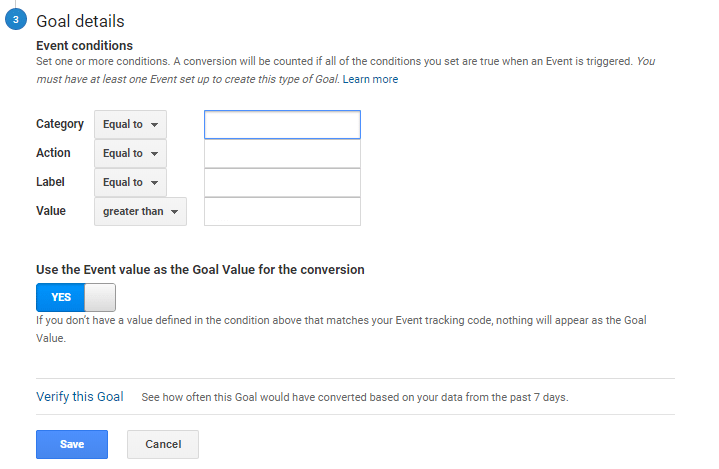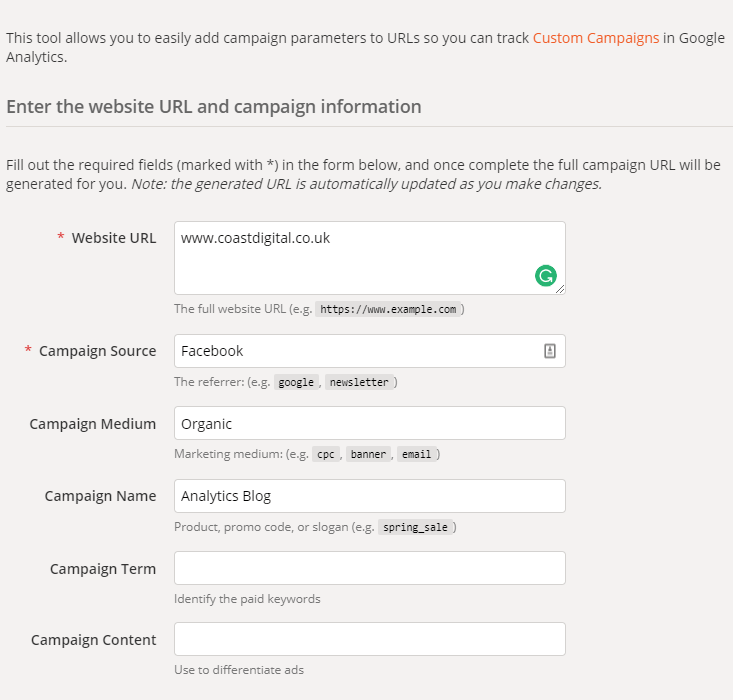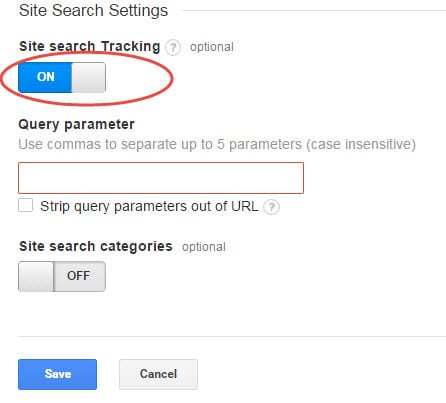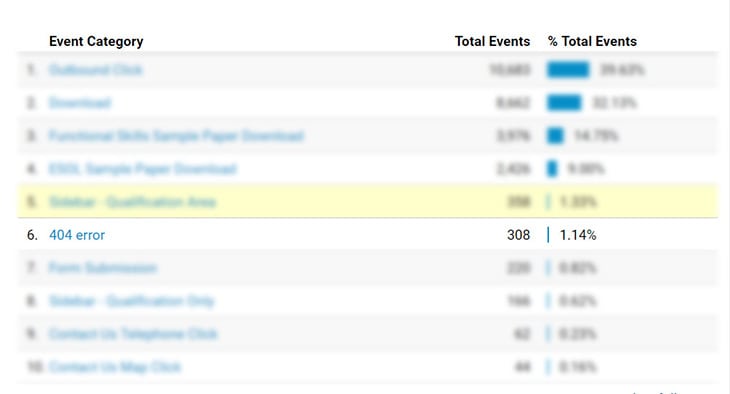Google Analytics is a great tool, I’m not sure what most of us would do without it. Whilst it is useful in its out of the box state, its real power lies in its ability to be tailored to suit your business needs.
I’m sure you can appreciate, that as an agency, we have seen a vast number of Google Analytics accounts over the years. Whenever we take on a new client, we like to carry out an extensive audit of their account, to ensure that the data they are using on an everyday basis is reliable and accurate enough to be used when making vital business decisions.
It was when I was completing the most recent of these account audits, that I started thinking about how I encounter the same issues time and time again, across so many accounts. So, what are these all too familiar issues you ask? As I mentioned before, the out of the box installation of Analytics is great, but I believe that there are 5 tracking solutions that are vital and should be applied to every Google Analytics account. Let’s run through them now.
1. Goal tracking
It shocks me to this day that I’m still seeing accounts that either do not have any goals set up, or have goals set up that are not working. In my opinion, if you haven’t got goals set up then you may as well not even bother opening up Google Analytics. Goals are the most fundamental element of GA, as without them there is no way to assess website or campaign effectiveness. Every business has a goal or goals and you need to ensure that these are reflected in your Google Analytics set up.
Goals can take the shape of many things: form completions, visits to certain pages on your site, the consumption of a certain piece of content, a purchase, and so on. With goals set up, the reports in Google Analytics can give you a great deal more useful information, such as, how many people are converting, how mobile is performing, how your recent email campaign performed, etc. You get the picture.
This leads me to my biggest personal bugbear – a lack of event tracking. In most instances, a goal may not have been set up because a thank you page URL does not change (this is becoming more and more common) or something similar, and we appreciate that this can be hard to track. However, Google Analytics events can fix this issue with the help of Google Tag Manager. In fact, if there is something specific you want to know, events can usually help. The spectrum of what you can achieve with events is so broad that in essence, events can measure every interaction a user has with your website.
In this regard, the out of the box installation of Analytics does OK, but just OK. You can see things like, what your users are doing on your site, the pages they’re visiting, where they’ve come from and what device they are using. However, users are doing a lot more on your website, and events allow you to track this ‘more’. For example, you can see what elements users are clicking, if they are watching a video or not, how far they are scrolling down a page, what outbound or internal links they are clicking on, and that is just for a start.
Remember the goal I spoke about that can’t be tracked due to the URL that doesn’t change? In this case we can fire an event that gets sent to Google Analytics upon a form completion, and this event can be used to create the goal that previously wasn’t a possible.

Have you ever opened up your GA account and noticed that 60% or more of your users are being recorded as direct traffic, or as referrals? More often than not this is caused by improper campaign tracking. When Google doesn’t know the source, it dumps it all into a source medium called ‘direct/none’.
To get the increased visibility you need to ensure your marketing campaigns are tracked correctly, the go-to method is to use UTM parameters. UTM parameters give you the ability to add tags to your campaign URL’s so that Google can understand where your traffic is coming from. Google has its own Campaign URL Builder tool that makes appending these tags very simple. The tool gives you 5 options but typically most people use 3, the campaign source, campaign medium and campaign name.

4. Site search tracking
If your website has the functionality to perform a search, then site search tracking is a no-brainer. Site search almost gives you the ability to read your users’ minds, because they are telling you exactly what they’re looking for and whether they found it or not. It holds a lot of value, enabling you to see user intent, and who wouldn’t want to see that data? Site search reports provide you with a whole raft of actionable data, including things like whether your users are searching for a product that you don’t sell, or if you’re in need of more relevant content.

This is probably the thing I see missing from Google Analytics accounts most often, yet setting up error tracking can tell you when users are having a bad experience with your website.
The most common error a user is likely to encounter is a 404 error and this should be tracked, so that it can be swiftly remedied. The way to do this? Those good old trusty events I spoke about earlier. Using event tracking we can create an event every time a user is presented with an error. We can then quickly see what pages are broken, or linked incorrectly and fix them – the result being that all the hard work you’ve put in getting users to your website isn’t wasted, by unnoticed errors causing visitors to leave.

Need help with your Google Analytics Account?
If you want to discuss how Coast Digital can help with your Google Analytics deployment, we are on hand to listen. Get in touch today for a Google Analytics health check.
